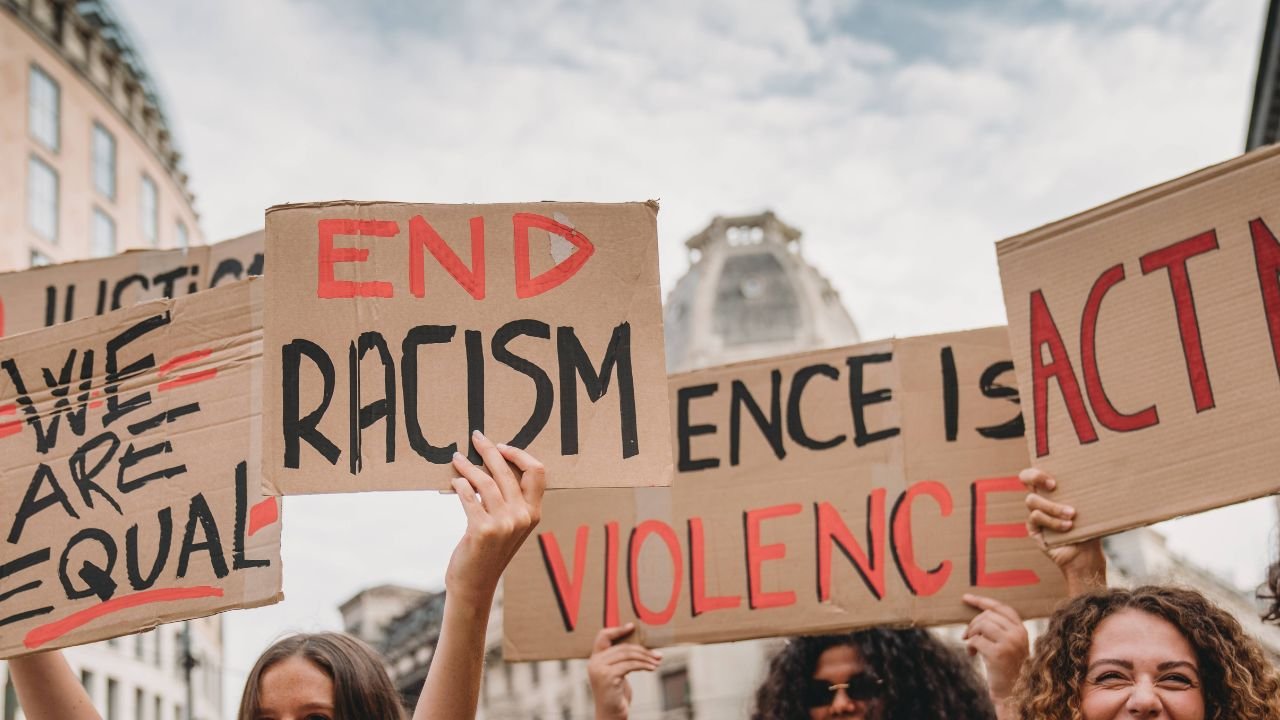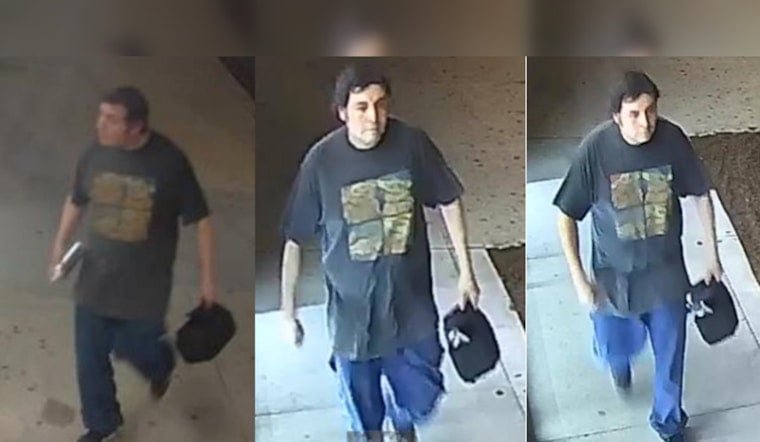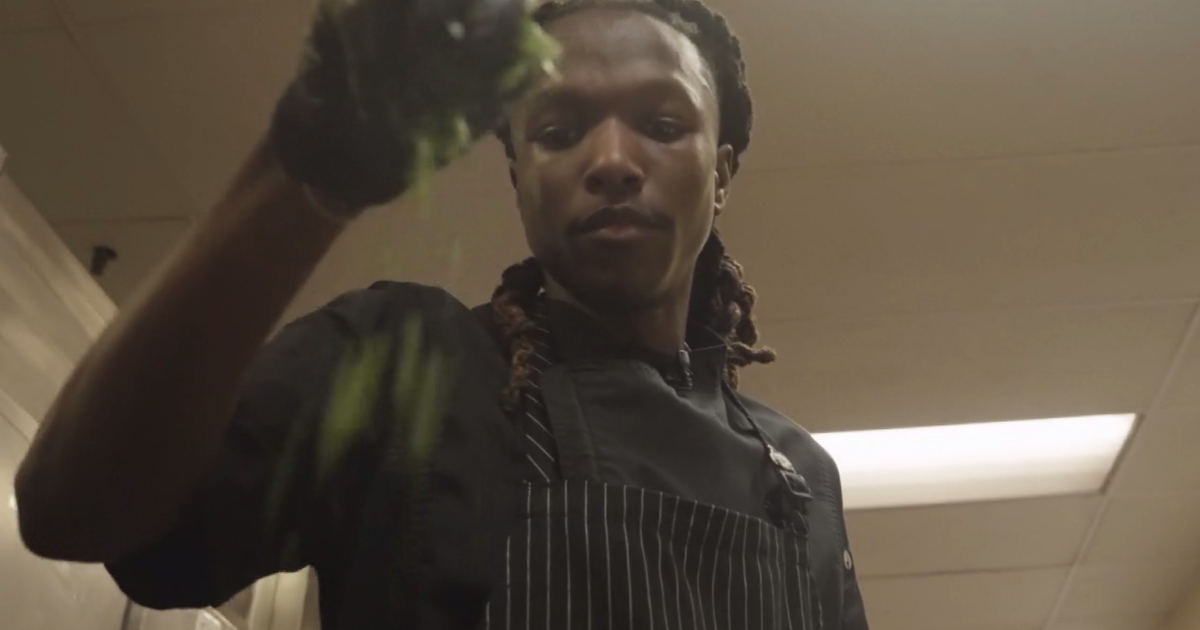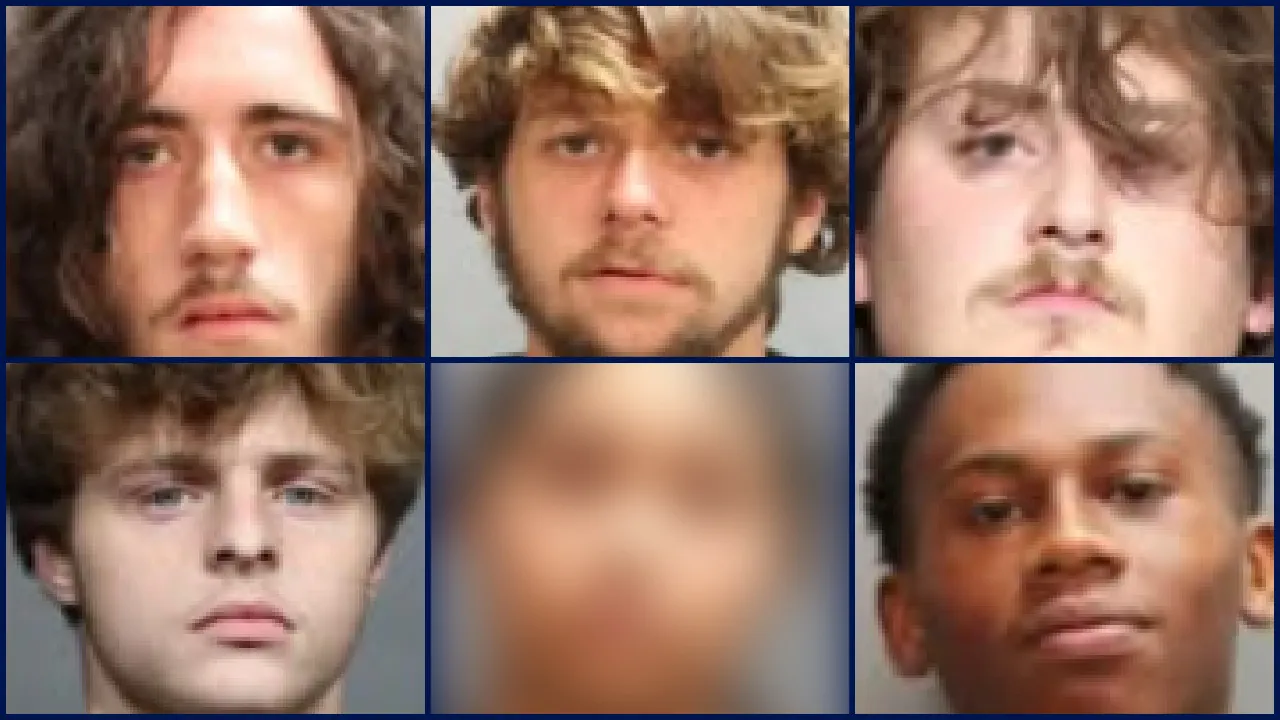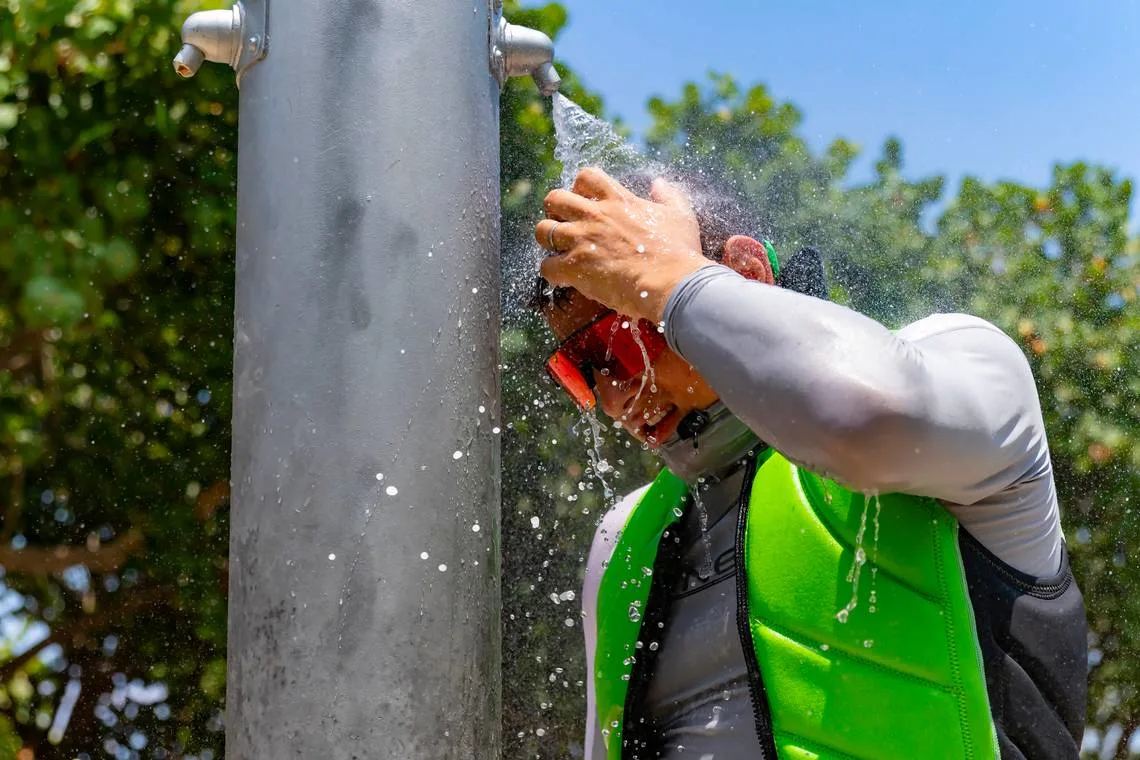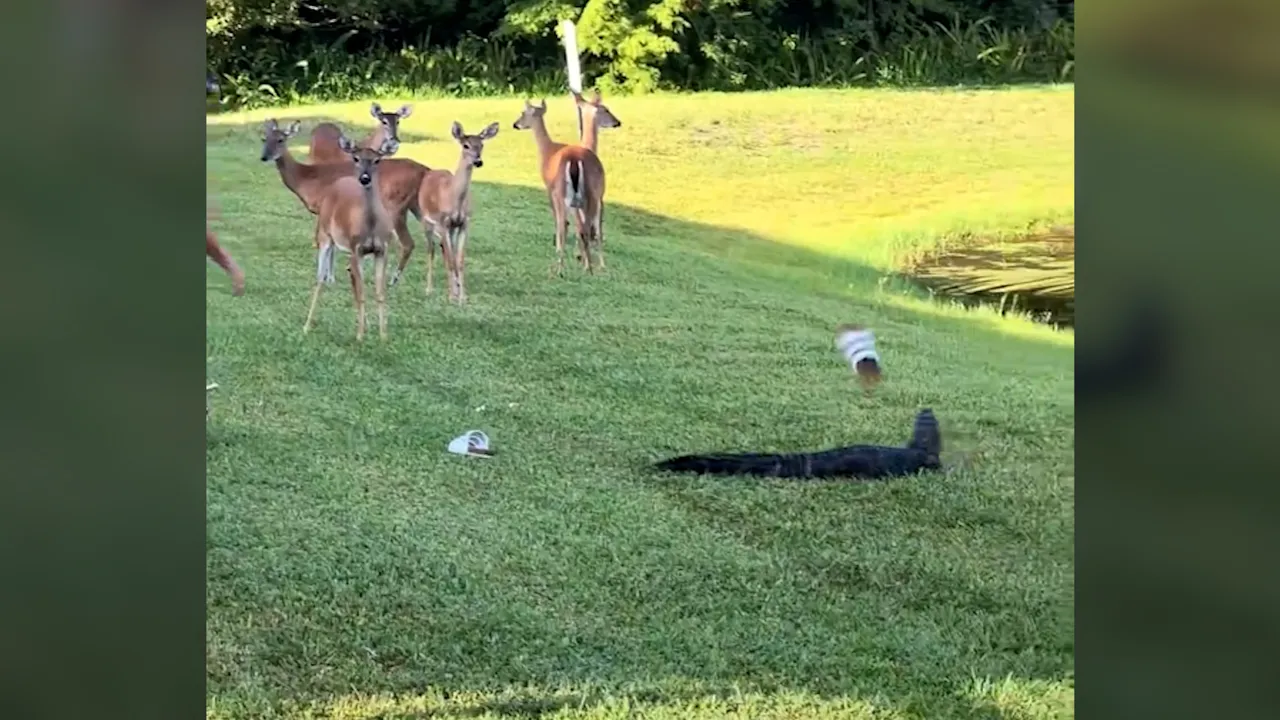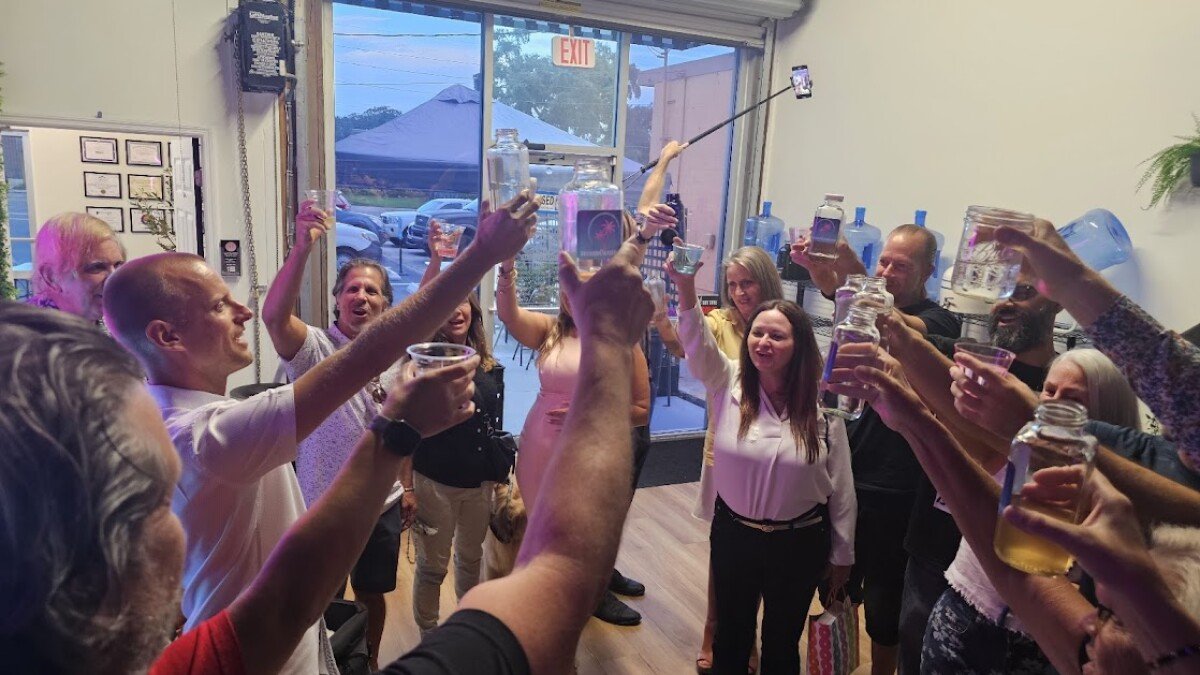ILLINOIS — A heated social media exchange this week took a sharp turn into viral territory when a user named @WillRedPillU publicly accused media outlets of protecting white suspects — specifically naming Chad Wilson from Naperville — and claiming that legacy media routinely hides the race of white offenders in criminal reports.
The original tweet read:
“As soon as I heard about the news and noticed they were trying to conceal his identity I knew 100% he was white! His name is Chad Wilson from Naperville. An absolutely disgusting and evil person!”
The tweet is part of a larger thread that began with sports commentary and quickly devolved into a racially inflammatory exchange — involving replies such as “That’s what blacks do…” and “That’s what white do, especially legacy media…”\
Thread Sparks Outrage Over Racial Commentary and Doxxing
The discussion originated from a post by user @sml41, referencing MLB player Ketel Marte and online fan toxicity. But it quickly spiraled when another user (@mrtallymane) replied with “That’s what blacks do,” — a racist statement that drew backlash and attention.
In response, @WillRedPillU redirected the conversation toward media bias, introducing claims about Chad Wilson and stating that mainstream media was actively concealing the identity of a white suspect.
Screenshots shared in subsequent posts included language criticizing how traditional media outlets portray white vs. non-white crime suspects, alleging long-standing disparities in coverage, tone, and framing.
No Confirmation on Suspect Identity or Criminal Case
Despite the viral spread of the post, no official law enforcement source has confirmed a Chad Wilson from Naperville is connected to any ongoing criminal case. The user behind the claim did not link to any news story or provide verification beyond the accusation.
This has led to accusations of doxxing and reckless speculation, though some users have applauded the post for bringing attention to racial disparities in media treatment of crime suspects.
What Research Actually Says About Media and Race
Academic research over the years has consistently found that white suspects often receive more sympathetic coverage, including phrases like “mentally ill,” “troubled,” or “misunderstood.” By contrast, Black and Latino suspects are frequently labeled with harsher terms, are more likely to have mugshots published, and receive disproportionately higher visibility in crime stories.
Key patterns from media studies include:
-
Crime Coverage: Non-white suspects are overrepresented in news reports and described with more aggressive language.
-
Heroism Gaps: Positive actions by minorities are less frequently reported or are accompanied by skeptical qualifiers.
-
Language Framing: White suspects’ actions are often attributed to external circumstances (mental health, addiction), while non-white individuals are more likely to be framed as inherently criminal.
These patterns — once dominant in legacy outlets — are now being increasingly scrutinized through platforms like Reddit, X (formerly Twitter), and even AI chat models like ChatGPT, which has been cited in the screenshots as acknowledging these historic trends.
Online Firestorm Highlights Ethical Dilemma
While the tweet may have been intended to spotlight racial bias in journalism, its direct naming of an unconfirmed individual has fueled debate about responsibility and ethics in viral social commentary.
Critics argue that falsely naming someone without official documentation or legal context could be harmful — especially if there’s no arrest, charge, or corroborated incident. Others counter that historical patterns of selective reporting demand public pushback, even if imperfect.
Do you think the media still handles race unfairly in crime reporting? Should users call out suspects before official confirmation? Share your perspective at chicagosuburbanfamily.com and be part of the conversation shaping the future of responsible journalism.

